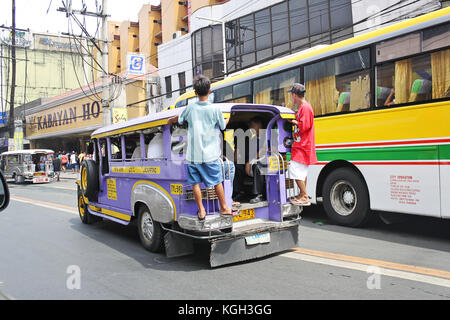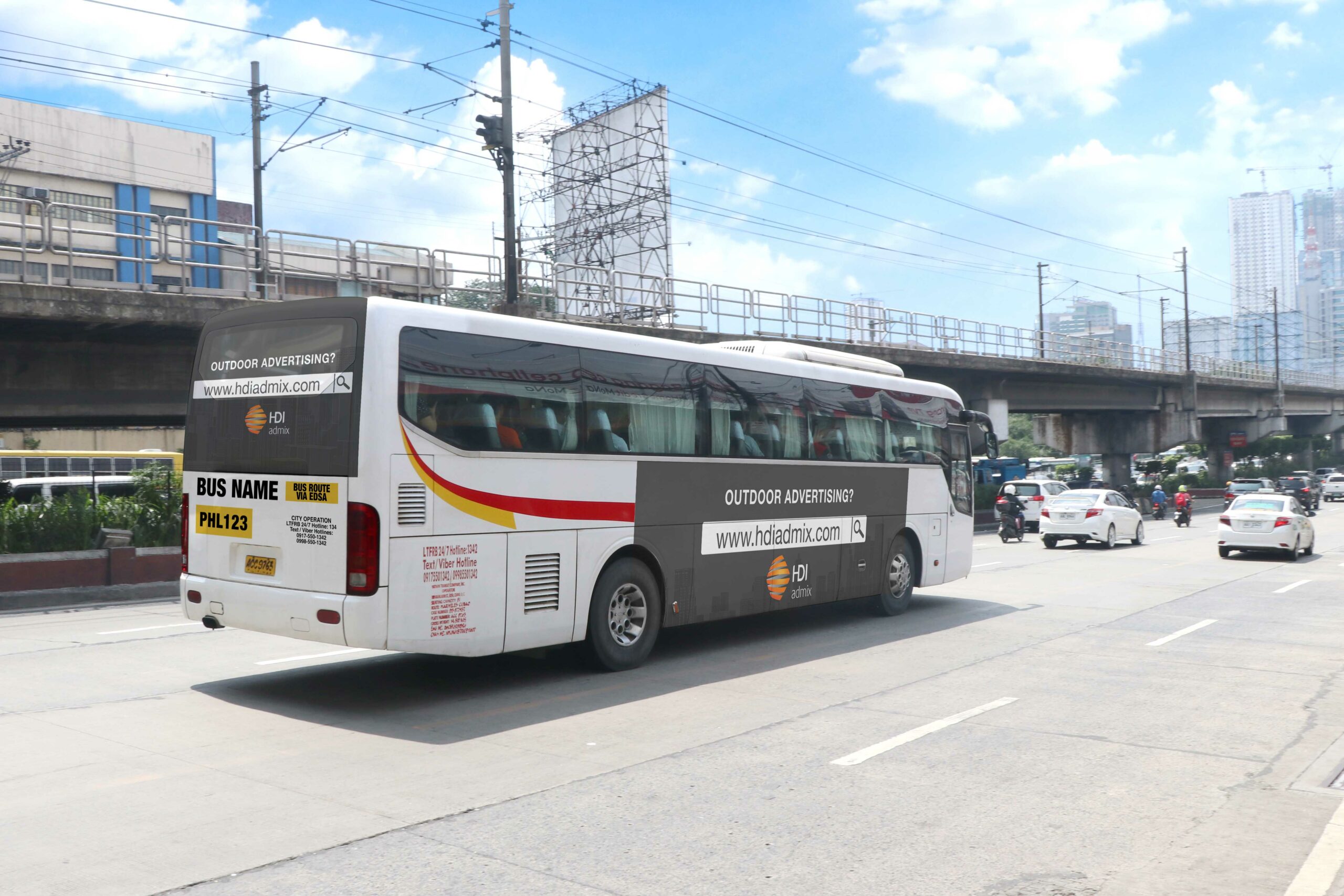Checking Out the Impact and Efficiency of Transportation Advertising And Marketing in Urban Advertising Techniques
Transit marketing has ended up being a substantial component of metropolitan advertising and marketing strategies, exploiting on the unique dynamics of public transportation environments. With the rapid evolution of innovation and moving consumer habits, the landscape of transit marketing is undertaking notable changes that warrant closer examination.
The Rise of Transportation Advertising
As urban populaces proceed to swell, the need for ingenious marketing options has actually caused the increase of transportation advertising as a crucial part of metropolitan marketing approaches. This kind of advertising and marketing leverages mass transit systems-- such as subways, buses, and trains-- to get to a varied audience in densely populated locations. The performance of transit advertising lies in its ability to involve consumers throughout their day-to-day commutes, a commonly ignored yet vital time for brand messaging.
With cities becoming significantly stuffed, typical marketing spaces are coming to be scarce and much less efficient. Transit advertising and marketing uses a dynamic option, enabling brand names to showcase their messages in high-traffic locations where prospective consumers are constantly exposed to the advertisements. Additionally, as city locals increasingly count on mass transit, the relevance and exposure of transportation marketing have actually expanded significantly.
In addition, technological advancements have actually boosted the sophistication of transit advertising and marketing, enabling digital displays and interactive campaigns that can catch customer focus a lot more properly than fixed ads. Consequently, transportation advertising is not just a cost-effective choice however also a necessary technique for brands looking for to connect with metropolitan customers in an impactful and memorable way.
Key Advantages of Transportation Advertising And Marketing
The performance of transportation advertising and marketing is underscored by its diverse benefits, making it a vital device for city marketing experts. One of the primary advantages is its extensive reach; transportation systems offer countless travelers daily, enabling brands to connect with a diverse target market in high-traffic settings. This visibility boosts brand name understanding, making sure that ads are seen continuously by travelers.

In addition, transit advertising is cost-efficient compared to other media, offering a reduced cost per impact while preserving high visibility. The versatility of ad styles, from bus wraps to electronic screens, enables impactful and imaginative campaigns that can adjust to altering market demands.
Consumer Behavior Insights
A substantial section of consumer habits is affected by the prevalent nature of transportation marketing in urban environments. This form of advertising records the focus of diverse demographics, involving consumers during their day-to-day commutes.
Research study suggests that transportation marketing can evoke emotional responses, causing boosted brand affinity. Customers often associate the experience of travelling with particular brand names, developing a lasting impression that influences purchasing choices. In addition, the regularity of exposure to transit ads fosters knowledge, which is a crucial consider consumer count on and loyalty.

Additionally, the communal aspect of public transport adds to this phenomenon; as individuals share rooms, they are a lot more most likely to discuss and recommend brand names they run into. Thus, transportation advertising and marketing not just gets to customers however also promotes social interactions that reinforce brand messaging. Understanding these behavior insights enables marketing professionals to customize their approaches effectively, making certain that their projects resonate with target market in the metropolitan landscape.
Study and Success Stories
Effective execution of transit marketing techniques is exhibited with numerous study that highlight its effectiveness in city advertising. One notable instance is the partnership in between a preferred beverage business and a major city's public transportation system. The campaign made use of bus covers and interior posters, leading to a 30% boost in brand recognition and a 15% rise in sales within the target market over 3 months.
One more successful instance involved a neighborhood dining establishment chain that utilized train terminal advertising and marketing to draw in travelers. By creating aesthetically striking ads that supplied timed promotions, the dining establishment experienced an uptick in foot traffic, with an impressive 25% rise in lunch hour patrons.
Moreover, a city's tourist board launched a transportation project showcasing local attractions with bus quit displays and subway ads. The campaign resulted in a substantial increase in traveler brows through, as reported by a 40% increase in inquiries at visitor centers.
These study emphasize the flexibility and potential of transit advertising and marketing to this content engage metropolitan target markets successfully, showing that strategic placements can produce substantial rois and improve brand exposure in busy city environments. - Transit Advertising Philippines
Future Trends en route Marketing
As more tips here urban landscapes continue to develop, so too does the realm of transit advertising, which is poised to embrace cutting-edge innovations and methods. One considerable pattern is the combination of digital advertising displays right into public transit systems. These dynamic displays permit for real-time updates and targeted web content, boosting audience engagement. Furthermore, the fostering of programmatic marketing is expected to gain energy, allowing advertisers to leverage information analytics for even more accurate audience targeting based on time, location, and group insights.
An additional arising trend is making use of augmented fact (AR) and online fact (VR) experiences within transportation advertising. These immersive modern technologies can mesmerize travelers, transforming ordinary journeys right into interactive brand experiences. In addition, sustainability is ending up being significantly crucial; green advertising materials and techniques are likely to obtain traction, reflecting the growing customer need for corporate social obligation.
Lastly, the increase of mobile connectivity will certainly facilitate higher assimilation between transit advertising and marketing and individual tools. Advertisers can produce smooth cross-channel experiences, permitting instant communication and involvement with potential clients. Jointly, these fads indicate a transformative future for transit advertising and marketing, supplying brand-new avenues for brands to get in touch with city audiences.
Conclusion
Transit advertising and marketing has actually established itself as a significant element of city advertising and marketing techniques, demonstrating substantial performance with enhanced brand name visibility and customer engagement. The ability to adapt messages to details demographics, paired with the innovative use modern technology, placements transit advertising as a driving force in contemporary marketing (Transit Advertising Philippines). As metropolitan atmospheres proceed to progress, the future of transportation marketing guarantees additional innovations, ensuring its relevance and impact fit customer assumptions and actions in urban landscapes
As metropolitan populaces proceed to see here swell, the need for cutting-edge marketing options has led to the rise of transportation marketing as a pivotal part of urban marketing techniques.A considerable portion of consumer actions is affected by the pervasive nature of transportation advertising and marketing in city atmospheres. Collectively, these fads suggest a transformative future for transit advertising, using new avenues for brand names to link with urban target markets.
Transit advertising and marketing has established itself as a substantial element of city advertising techniques, demonstrating substantial performance with boosted brand presence and consumer involvement. As urban settings proceed to advance, the future of transportation advertising assures further advancements, ensuring its importance and effect in forming customer understandings and actions in urban landscapes.